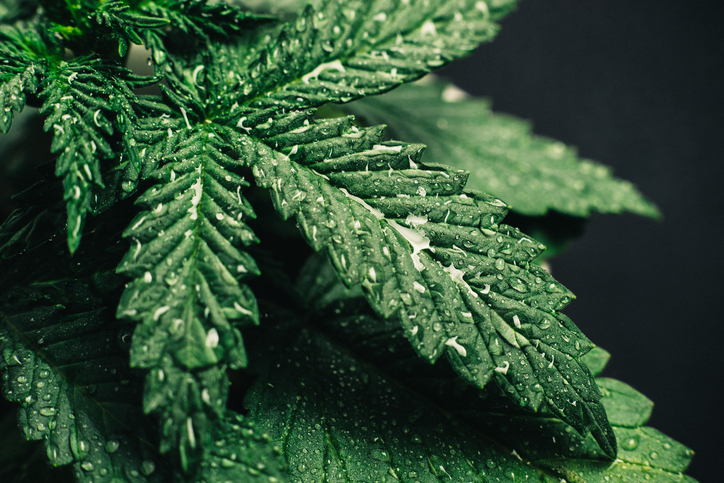Plant nutrients are an essential part of cannabis growth and development. Each cannabis plant has a unique nutrient profile consisting of 16 essential elements including carbon, hydrogen, oxygen and more.
While horticulturists have identified the ideal amount of nutrients in the soil for plant growth, not much historical research has been done on how the nutrients can affect the cannabinoid potency of the cannabis plant. Currently, Modern Canna is conducting research to study the relationship between a cannabis plant’s nutrient content and its cannabinoid potency.
The objective of this study is to identify the nutrient content present in cannabis plants. The average concentrations of nutrients will be calculated across a variety of cannabis chemovars to determine if any greater trends are observed.
The study currently consists of 540 cannabis samples across 31 different chemovars. To standardize variable moisture, all samples are dry weight corrected to 12% moisture content . Individual nutrient concentrations are calculated as well as, total macronutrients, total micronutrients, and total nutrient content.
In order to do so, chemists at Modern Canna utilize Inductively Coupled Plasma with Optical Emission Spectrometry. The methodology being used is modified from current EPA soil analysis methods.
The macronutrients analyzed in this study are Calcium, Magnesium, Phosphorus, Potassium, and Sulfur, while the micronutrients included are Boron, Iron, Manganese, and Zinc.
Analysts utilize High Performance Liquid Chromatography with UV detectors to determine the concentration of cannabinoids in each of the cannabis chemovars. The methodologies being used have been validated both internally and externally.
There are four cannabinoids included in this study, total THC and total CBD, as well as, total CBN and total CBG.
Are there any trends present in the data?
Through current data, chemists at Modern Canna observed Potassium (K) to be the macronutrient in greatest abundance, where Sulfur (S) is the macronutrient seen in least abundance. Similarly, Iron (Fe) is the micronutrient with the greatest concentration in cannabis flower, where Boron (B) has the least concentration.

The research team at Modern Canna observed a noticeable trend when comparing the total nutrient content to the total THC content across all THC dominant cannabis chemovars: as total macronutrient content decreases, THC percentage increases. This suggests a negative correlation may exist between the two. A similar negative trend is noted between the concentration of Calcium in the cannabis flower and the total THC percentage.
All indications from this study point to a similar conclusion. When comparing the individual chemovars macronutrient and micronutrient concentrations as they relate to THC, there is a notable negative correlation.
What conclusions can be made?
From the current available data, scientists at Modern Canna have concluded that trends for individual nutrients are present – both negative and positive. However, the full extent of the results cannot yet be understood. Thus, without more research, the ideal ranges of nutrients in cannabis buds cannot be determined.
A variety of challenges with the standardization of sample aliquots need to be addressed prior to publication. This study only includes sample aliquots from licensed MMTC’s across the state of Florida. The Florida cannabis market consists primarily of greenhouse and hydroponic grow facilities. This drastically affects the growing conditions of the cannabis plants. Another challenge presented is the trim of the cannabis bud and the amount of leaf content present in the sample.
Modern Canna plans to continue this research through additional analysis of bud and leaf nutrient content while monitoring cannabis plants in various improved growing conditions. As well as the introduction of different controlled variables and ongoing partnerships with cultivators.



 Modern Canna
Modern Canna